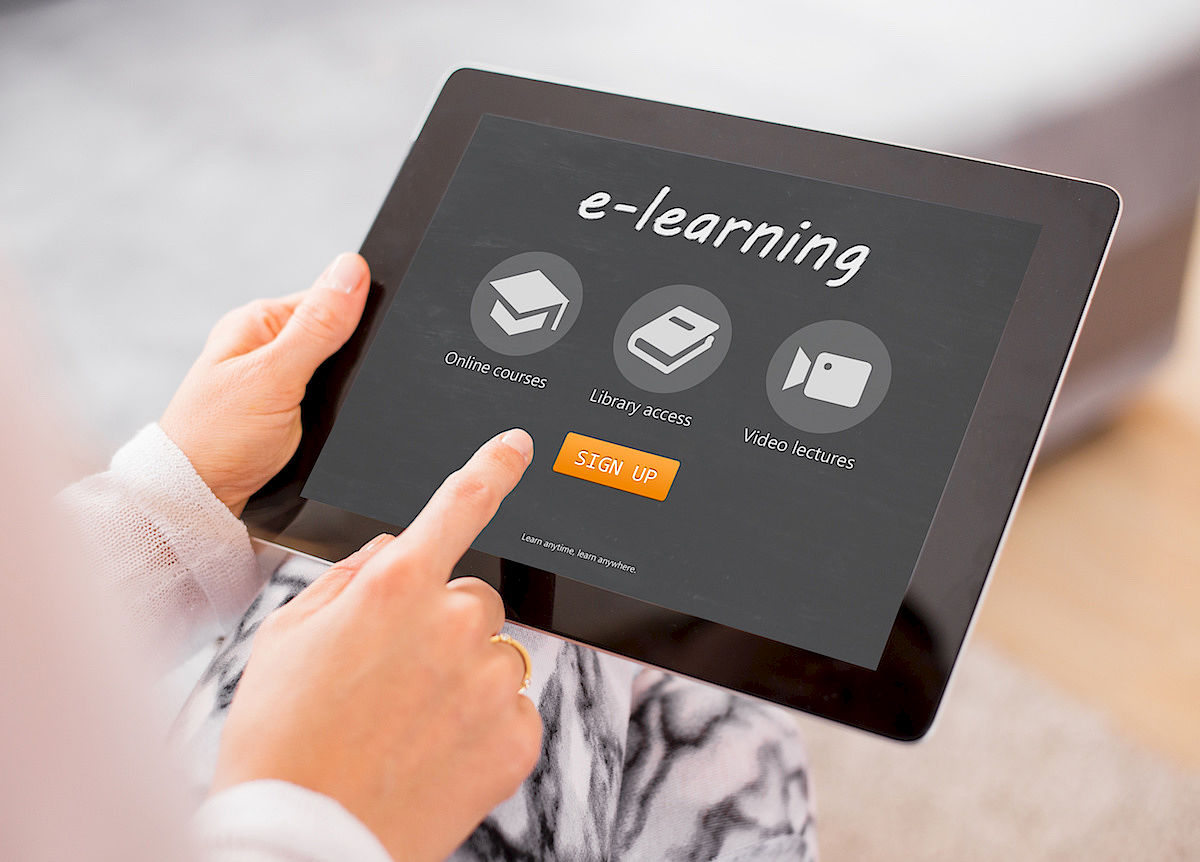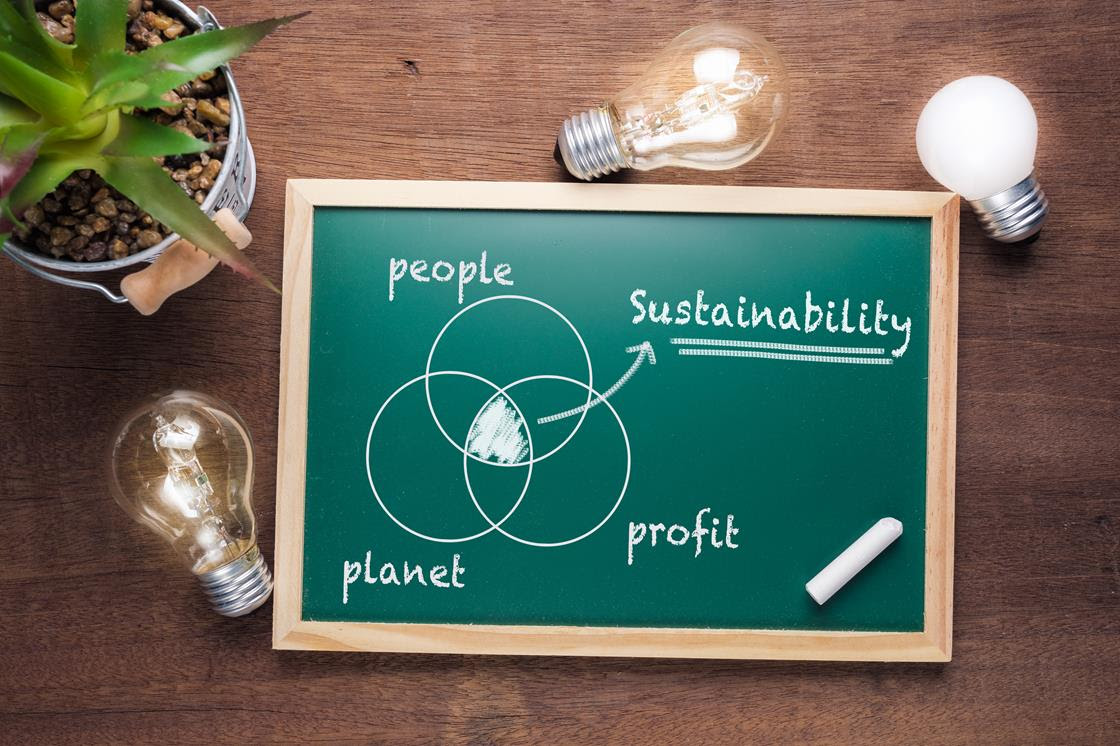The training takes about 25 hours to complete, and it is possible to organise it as face-to-face training, blended learning, completely online training, and self-regulated learning.
The training delivery must meet the needs of each organisation; however, trainers need to think of ways to enhance practical skills equally or even more than the theoretical part of the training.
2.1 Ideal training delivery
It is recommended that The SINTRA training material is delivered within a blended learning setup by using both the e-learning platform and face-to-face training sessions. Participants can go through the theoretical part of the e-learning platform, get immediate feedback on their knowledge through self-evaluation questions, and attend sessions with a trainer to work on practical training in groups and teams to develop their ideas and projects.
2.2 Modules
The modules give an excellent theoretical and practical overview of intrapreneurial activities and sustainability development. Within the modules, the learning activities and examples support the development of understanding and skills for intrapreneurial practices and the development of sustainability projects.
2.2.1 Example of training activities
The learning activities give the training a deeper purpose, and it is recommended to give time and space during the training for the learning activities.
The best way to access the activities is to log into the e-learning platform and select the correspondent module described here.
- Module 1 – Understanding the organisational context – Chapter 5 – Training material – Activity 1 – To understand the organisational context.
- Module 1 – Understanding the organisational context – Chapter 5 – Training material – Activity 2 – Intrapreneurship for sustainable development I.
- Module 1 – Understanding the organisational context – Chapter 5 – Training material – Activity 3 – Intrapreneurship for sustainable development II.
- Module 4 – Assessing one’s own potential to innovate and add sustainability value – Annex 1 – SINTRA personal innovation engine.
- Module 4 – Assessing one’s own potential to innovate and add sustainability value – Annex 2 – Personal plan to enhance one’s own potential to innovate.
- Module 4 – Assessing one’s own potential to innovate and add sustainability value – Annex 3 – Value proposition canvas.
- Module 6 – Formation and operation of intra-organisation intrapreneurship teams for sustainability-focused development – Chapter 5 – Proposed group activities – Hypothetical SDC operation’s simulation
- Module 6 – Formation and operation of intra-organisation intrapreneurship teams for sustainability-focused development – Chapter 5 – Proposed group activities – Plan for sustainable development
2.3 Use of case studies
The case studies are beneficial as a demonstration of good intrapreneurial practices for developing sustainability within a different organisation. The case studies can help participants in the SINTRA training understand and get ideas that could support their sustainability endeavours.
2.4 Self-assessment questions
At the end of each module, participants can answer self-assessment questions to evaluate their understanding of each module’s content and get immediate feedback.
2.5 Use of glossary
The glossary gives general explanations of concepts used in the training material. It is good to read the SINTRA glossary before entering the modules or use it alongside the training modules.
2.6 Additional training material
Each training module has a list of additional training material for those who want to go deeper into the training.
2.7 Trainers
To deliver the SINTRA intrapreneurship training for sustainability within an organisation or in another setting, trainers should use this guidebook fully and log in to the e-learning platform to better understand the flow of modules and other supporting material.
2.8 Selection of participants
It is good to select 3 – 4 people from each organisation to participate in the knowledge and skills training for intrapreneurial teamwork to develop sustainability projects within an organisation. The ideal is to have a management representative participating in the selected group.
Everyone interested in the SINTRA training material can register to the e-learning platform and start self-regulated learning.















